Yarrow
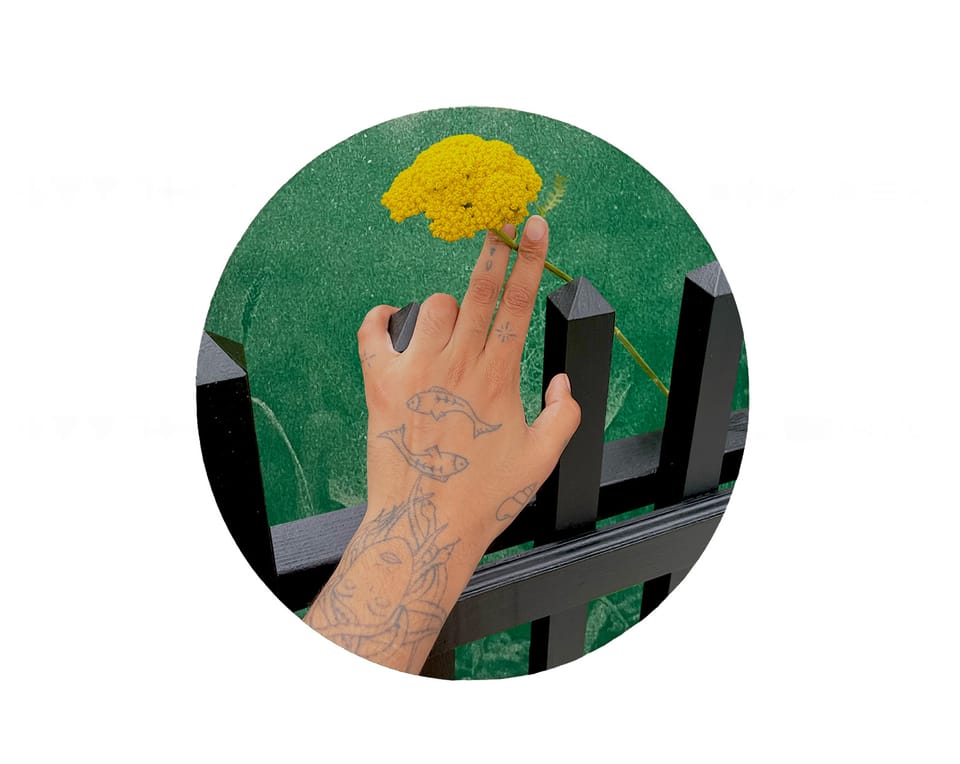
Leo: July 22 - Aug 22.
Time has felt slippery lately. Already mid August, and I have the nerve to just be getting started. In the blink of an eye, frost will arrive to kill the Clockvines I have been coaxing up the iron rail. But still I can't resist trying to build this little universe, the prospect of Yarrow making it through the winter, and sense of hope that each rain brings.
Currently in bloom all over the Northeast, the herb that has my attention lately is Yarrow. When getting to know this delightful weed in the context of Leo season, I first turned to my dear friend, Lake. Lake is a plant and astrology wizard based in Providence, Rhode Island.
Yarrow and Leo season oh my! It’s a little tough to connect the two - the bitterness of Yarrow seems so different than the sweetness and light of the Leos I know. I think of Leos as a salve for humanity, generous and willing to entertain, all they expect is a little applause. Yarrow, too, is an excellent salve, one of the first herbs I learned about because of its nifty ability to coagulate blood. Whenever I hike I bring a small tin of yarrow and jewel weed salve for bumps and bruises, run ins with poison ivy, etc.

The connection of Yarrow and Leo through the metaphor of a salve is a clever one. Though we are comparing herbology with astrology, Yarrow and Leo certainly share an intelligence when it comes to restoring balance. While Leos may be skilled in easing and diffusing social situations, Yarrow can intuit what a particular body needs in ways that continue to escape Western scientific explanation.
As a Leo Moon, I think of myself as someone on fundamentally friendly terms with the world. The biggest privilege of my life, I think, has been the consistent presence of nurturing relationships, and this astro moment has me feeling particularly reflective about community. In this spirit, One Year a Garden's Yarrow in Leo edition is a weaving of many voices.
I first became interested in Yarrow when searching for an herb that might help a friend with their mysterious daily nosebleeds. Yarrow has centuries of evidence when it comes to treating nosebleeds – its leaves can be crushed into nose plugs, taken orally as a tincture, or applied as a poultice to the neck and temples. One of its historical names is literally "Nosebleed", along with "Woundwort," "Staunchbleed," and "Herba Militaris."
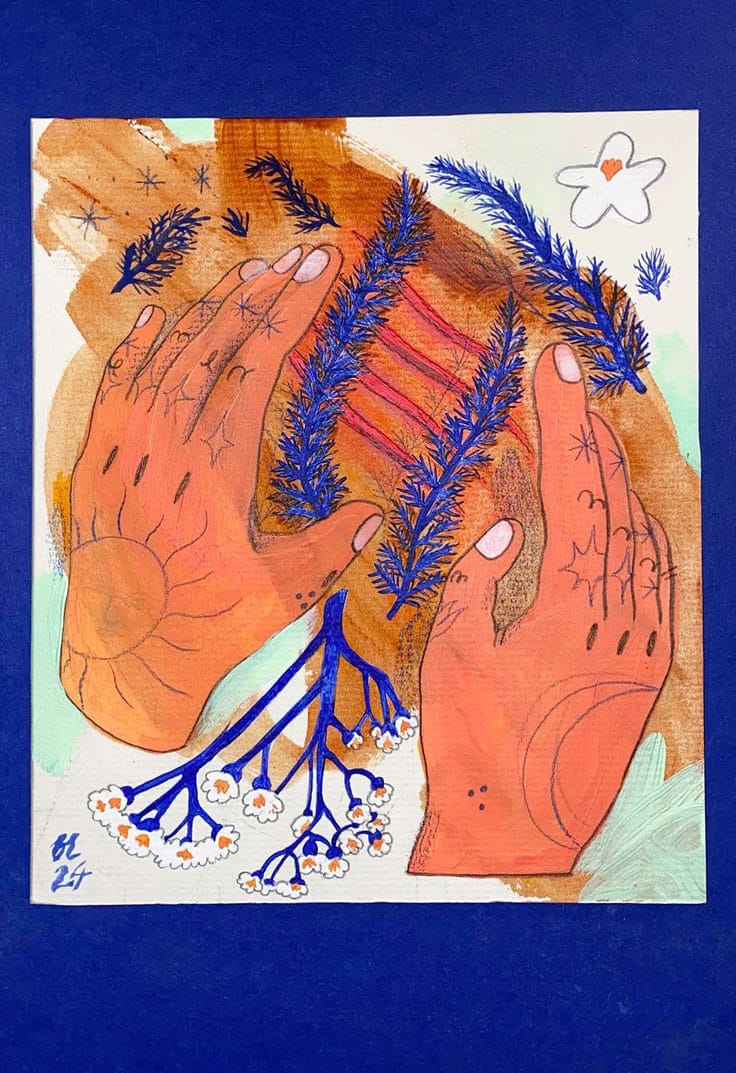
Although I am learning not to reduce herbs to one single phytochemical constituent, it must be said that Yarrow is a "master of the blood." Its botanical name, Achillea millefolium, translates to Achilles' thousand leaved plant, and has a place of honor in Greek mythology. Yarrow was believed to bestow immortality to whomever bathed in its waters, and so when Achilles was born, his mother held him by his "Achilles heel" and dipped him in the Yarrow-laced waters of the River Styx. Yarrow later became Achilles' greatest plant ally on the battlefield, where he used it for its powerful styptic (blood staunching) properties to treat his soldiers' wounds. Achilles eventually died from an arrow shot to the heel, where according to lore, the Yarrow did not touch.
As an amphoteric herb, Yarrow has opposing actions when it comes to regulating blood flow. On one hand, Yarrow's astringent quality encourages wounds to knit back together, even halting internal bleeding and hemorrhaging. On the other, Yarrow promotes blood flow outwards to the capillaries, soothing the vasculature with its flavanoids. I like Katja Swift of Commonwealth Herbs' explanation of this seemingly paradoxical effect:
Yarrow helps restore homeostasis to the circulatory system. If you’re bleeding from a wound, the pressure in your blood vessels has changed – much like when a spaceship’s hull is punctured and oxygen is leaking out into space. Yarrow helps to stop bleeding by re-normalizing the pressure throughout the body.
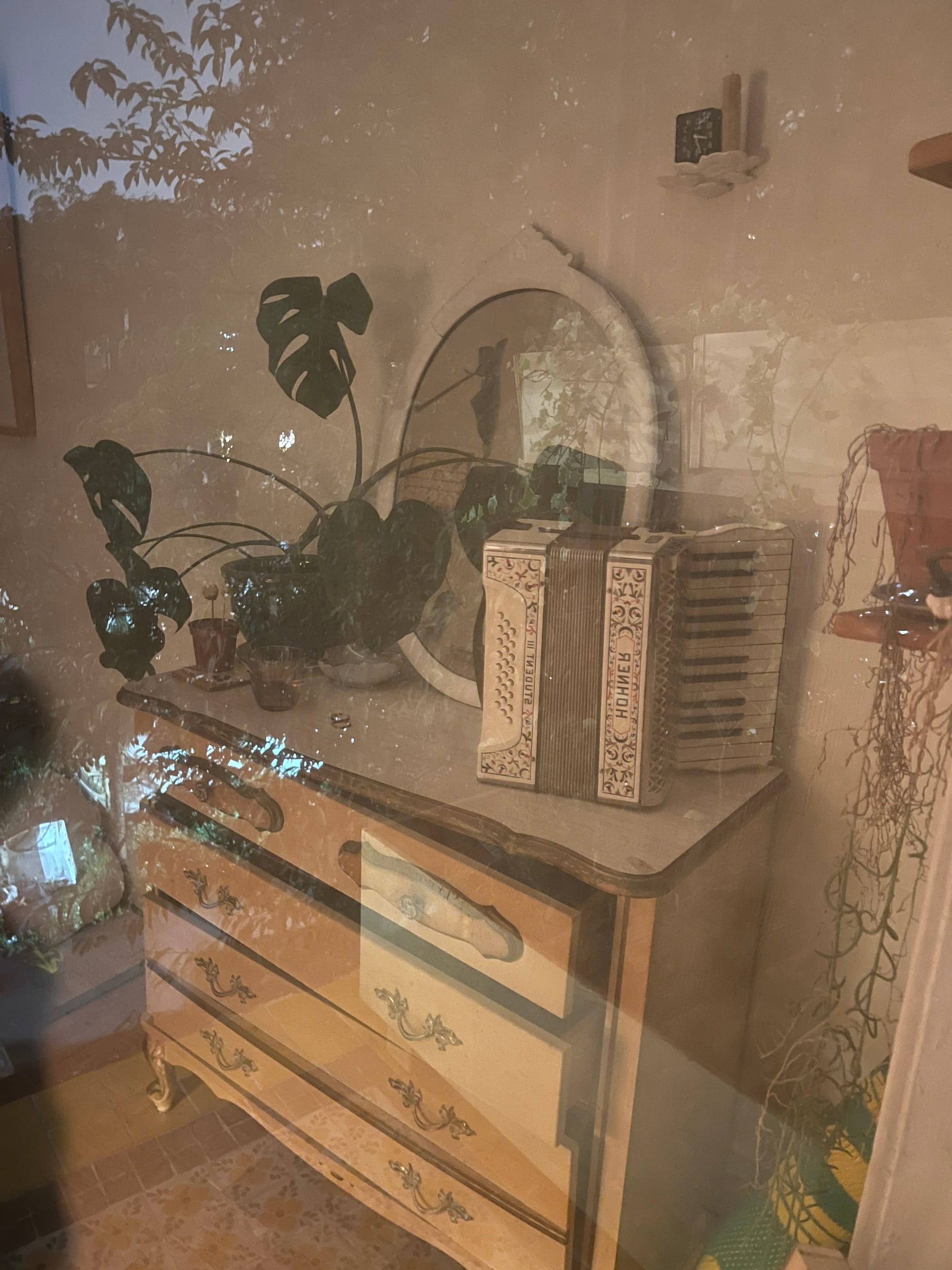
I admit to first harvesting a stalk of Yarrow at Prospect Park. Upon listening to this podcast episode, however, I later regretted my decision. The podcast hosts warn how "some harvesting practices and wildcrafting guidelines that have been widely adopted in American herbalism are no longer sufficient. We need to change our habits, as our world is changing." They elaborate on this through the 200BCE story of Giant Fennel. Desired for its purported contraceptive properties, Giant Fennel is humanity's first documented case of a medicinal plant harvested to extinction.
I take the cautionary tale of Giant Fennel to heart. Though Yarrow is classified as a weed and has not (yet) been heavily commercialized, it was greedy of me to uproot any of it from the little patch in Prospect Park. Certainly, if enough people begin helping themselves to herbs growing in this city's parks, there will soon be nothing left. How might the herbal community be having a detrimental impact on the plants we love, and how do we ensure that this does not continue? What should the new guidelines be? I still feel lost about how to ethically source herbs - it is all so context dependent - but decided purchasing a small Yarrow from a local nursery was at least an improvement to poaching from the park.
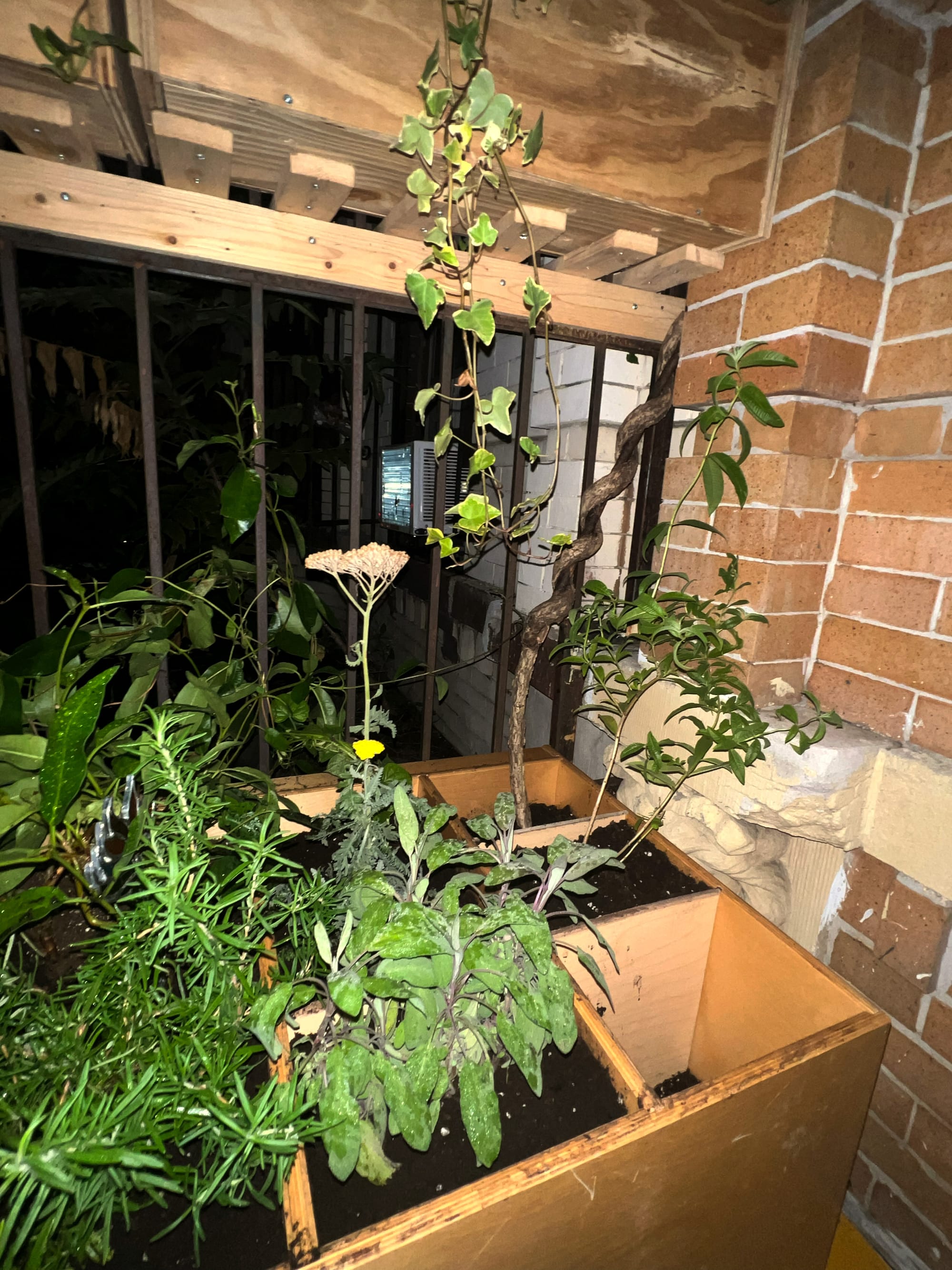
Beyond blood, Yarrow is a foundational herb in Western Materia Medica due to its extreme versatility. A poster in my room cross references various herbs and ailments, and Yarrow stands out because it has so many healing applications. Below are just a few things Yarrow can help with. Yarrow:
- can be used as a douche for leucorrhea and other vaginal problems
- leaves can be chewed for toothaches
- can prevent baldness if applied to the head as a decoction
- is said to dispel melancholy
- can produce free flow of perspiration (for fever management)
- is commonly massaged into the neck to treat headaches
- can be used as a fumigant to ward off disease germs
- in combination with Cayenne will open pores and purify the blood in all eruptive diseases (measles, smallpox, chickenpox, etc.)
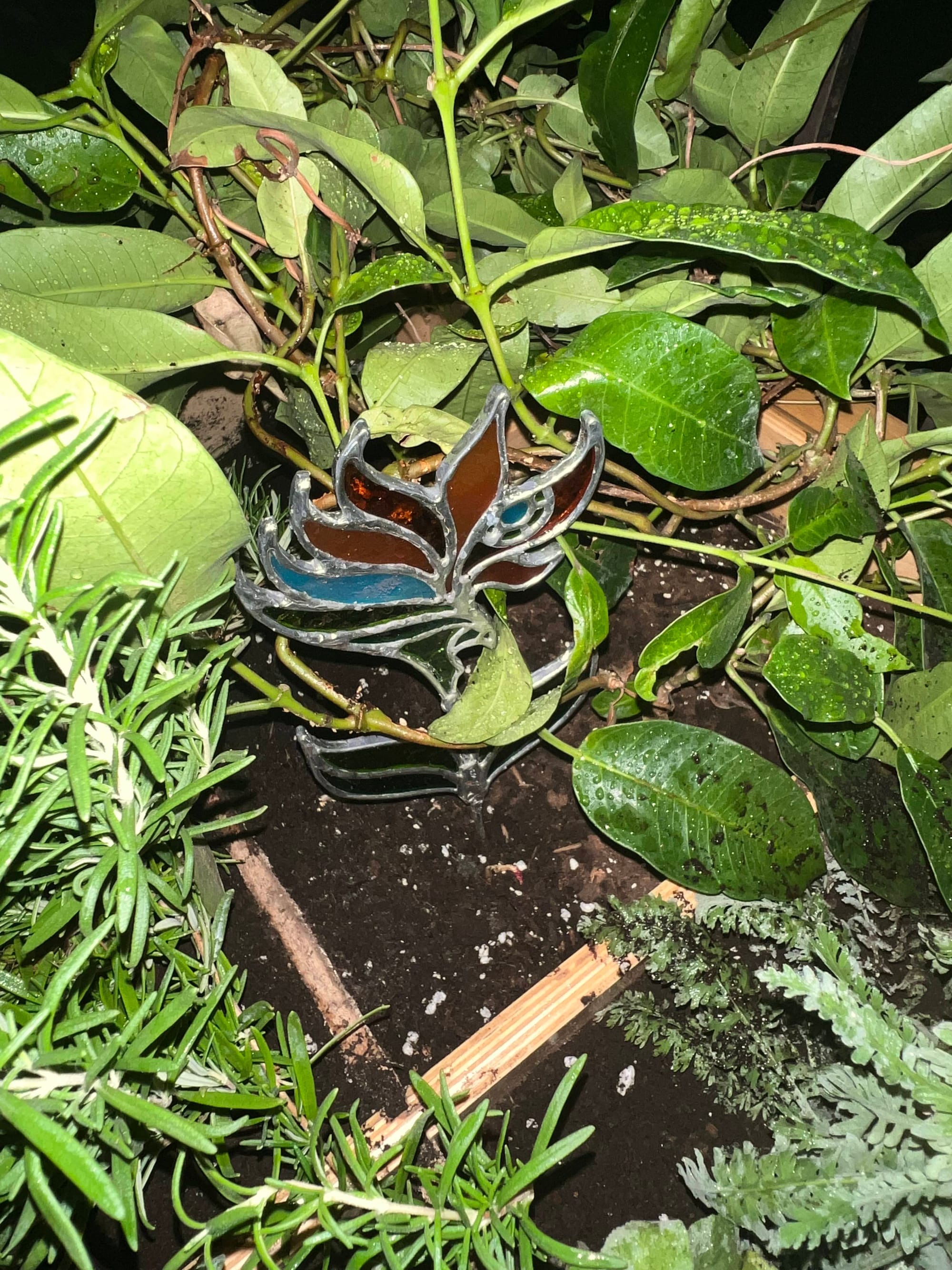
One of the most fascinating qualities to me about Yarrow is its ability to provide psychological and emotional armor. Logically, Yarrow's equalizing effect on blood pressure physiologically also translates to the emotional realm. Yarrow is known as an excellent herb in psychological first aid, and is commonly prescribed to aid workers, as well as those experiencing panic attacks, trauma triggers, or upsurges of grief. I have been drinking it all month in tea form, and feel an undeniably stabilizing effect with every cup.

Since last writing, construction and puppy care have competed with the garden for my attention. As with gardening, construction requires a degree of looking ahead. A puppy, too, demands an expanded consideration of the future. I recall the idea of time orientation - that the average person is primarily revisiting the past, secondarily looking forward, and only a small percentage of the time naturally thinking in the present. As Louise Glück writes in The Wild Iris, "like an old woman wearing sweaters in summer," I am controlled by a time orientation favouring future.
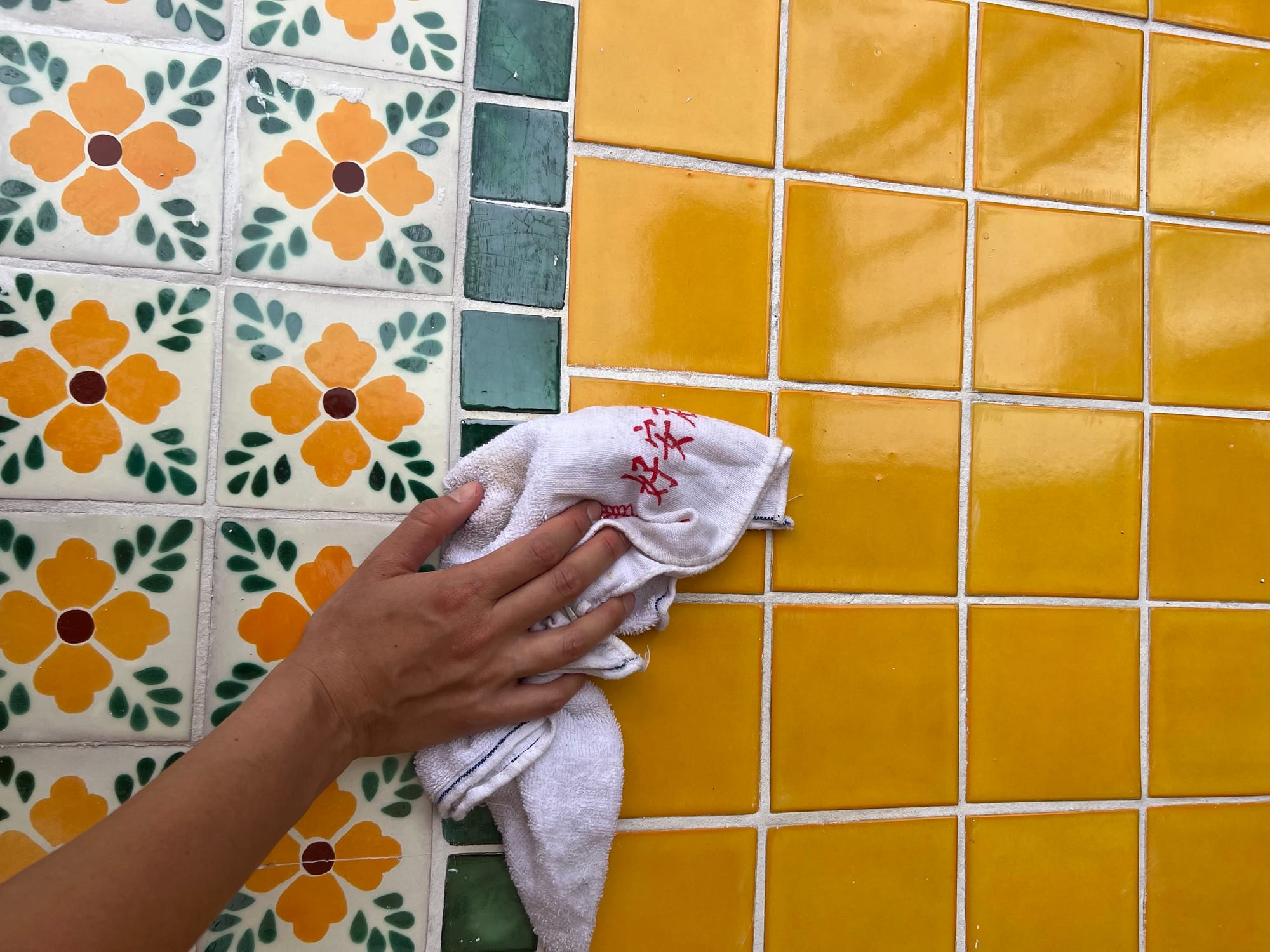
This month I owe many thanks to Diamy and Alhassane, who helped level the garden floor with concrete. Thank you to Luz, who then empowered me to believe that we could do the tiling ourselves. Thank you Lake, for taking me to Tooth and Nail years ago, and all the growing lessons since. Thank you Tobias, for introducing me to my new favorite poetry collection, The Wild Iris by Louise Glück. And thank you Paula, for introducing a new favorite song, La Jardinera by Violeta Parra. My gratitude to Ali, for teaching me so much about how to embody time. And thank you Uncle Martin, for providing a solution for winter gardening! Lastly, thank you, dear reader, for being here.